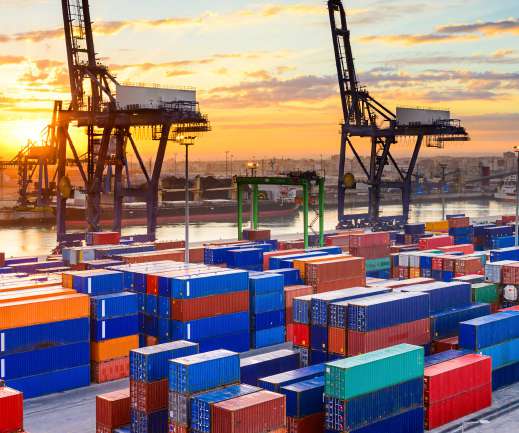When to Switch From In-House to Managed Logistics Transportation Services
GlobalTranz
AUGUST 11, 2021
The supply chain is evolving, and the standards used for managed logistics transportation services today are more data- and technology-driven than those of the past. Shippers should consider the following as indicators for when to add an outsourced managed logistics transportation services provider.























































Let's personalize your content